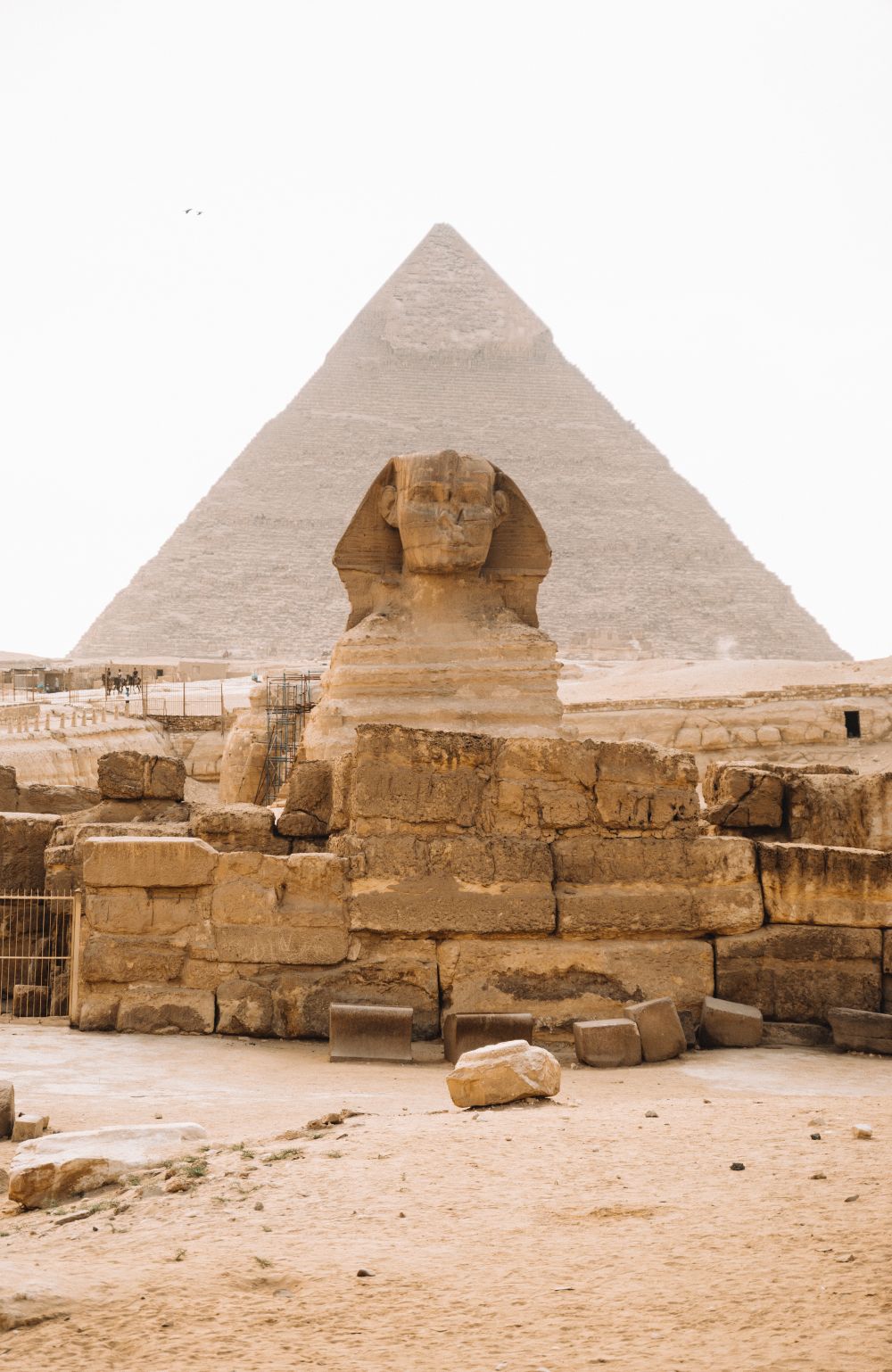Edgar Allan Poes The Raven: An Exploration of its Significance and Evolution

Introduction:
Edgar Allan Poe’s renowned poem, “The Raven,” holds a significant place in the realm of literature. Its haunting beauty and melancholic atmosphere have captivated readers for generations. In this article, we will delve into the essence of “The Raven” and shed light on its historical development. Whether you are a devoted Edgar Allan Poe enthusiast or a newcomer to his works, this article will provide valuable insights into the poem’s importance.
1. Understanding “The Raven”:

“The Raven” is a narrative poem published by Edgar Allan Poe in 1845. It tells the story of a grieving man haunted by a mysterious raven who visits him one night. The poem explores themes of loss, sorrow, and the fine line between reality and madness. Notably, the raven’s repetitive response of “Nevermore” has become an iconic representation of Poe’s writing style.
– The Poem’s Structure and Style:
“The Raven” consists of eighteen stanzas, each containing six lines and following a trochaic octameter meter. This rigid structure contributes to the poem’s musicality and enhances its somber tone. Poe’s careful choice of words and vivid imagery create a sense of foreboding, drawing readers into the narrator’s despair-filled world.
2. The Evolution of “The Raven”:
“The Raven” has undergone significant changes throughout its history, solidifying its position as one of Poe’s most notable works.
– Initial Reception and Impact:
Upon its publication, “The Raven” received mixed reviews but quickly gained popularity. Its unconventional structure and exploration of deep emotions fascinated readers. The poem’s success led to Poe’s recognition as a master of the macabre and a prominent figure in American literature.
– Influence on Pop Culture:
Over time, “The Raven” has permeated popular culture, leaving an indelible mark on various art forms. It has been adapted into plays, films, and even music. The poem’s sense of mystery and its exploration of the human psyche continue to inspire artists and intrigue audiences worldwide.
– Critical Analysis and Interpretations:
“The Raven” has been subject to extensive critical analysis, with scholars offering various interpretations. Some see the raven as a symbol of death, while others view it as representing the protagonist’s descent into madness. This diversity of interpretations is a testament to the poem’s complexity and its ability to evoke personal responses from readers.
– Legacy and Enduring Relevance:
“The Raven” remains an integral part of literary education, with its exploration of universal themes and enduring relevance. Its impact on subsequent generations of writers cannot be underestimated, as many have been inspired by its evocative language and haunting atmosphere. Poe’s influence on the genre of horror and the exploration of human psychology is unmistakable, and “The Raven” serves as one of his most iconic and enduring works.
In conclusion, Edgar Allan Poe’s “The Raven” is a masterpiece that continues to captivate and enthrall readers to this day. Its intricate structure and evocative language immerse us in the depths of despair and grief. This article has explored the significance and evolution of “The Raven,” highlighting its enduring impact on popular culture and literary analysis. Whether you are a devoted fan or just beginning to explore Poe’s works, “The Raven” is a must-read, offering an unforgettable journey into the depths of the human psyche.
FAQ
How has The Raven influenced popular culture?
What is the significance of The Raven in Edgar Allan Poes body of work?
What is the structure of The Raven?
Flere Nyheder
Erhvervsfotografering i Aalborg: Skab et stærkt visuelt udtryk for din virksomhed
Introduction: Edgar Allan Poe’s renowned poem, “The Raven,” holds a significant place in the realm of literature. Its haunting beauty and melancholic atmosphere have captivated readers for generations. In this article, we will delve...
02 april 2025
Kunst og Kultur i Nordjylland: Oplev Gallerier i Regionens Hjerte
Introduction: Edgar Allan Poe’s renowned poem, “The Raven,” holds a significant place in the realm of literature. Its haunting beauty and melancholic atmosphere have captivated readers for generations. In this article, we will delve...
02 oktober 2024
Erhvervsfotograf: Nøglen til professionelle virksomhedsbilleder
Introduction: Edgar Allan Poe’s renowned poem, “The Raven,” holds a significant place in the realm of literature. Its haunting beauty and melancholic atmosphere have captivated readers for generations. In this article, we will delve...
08 februar 2024











